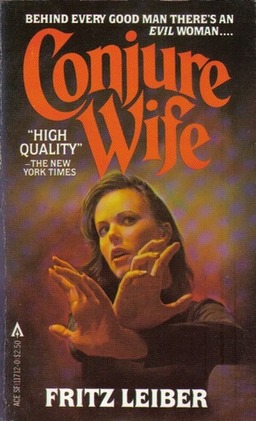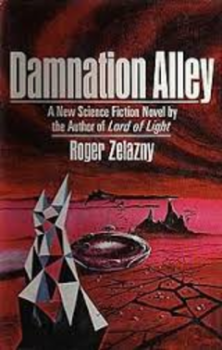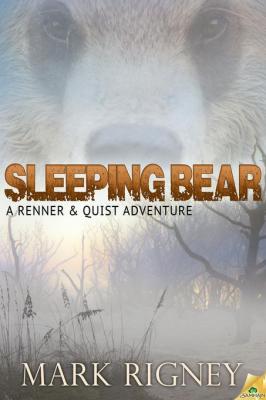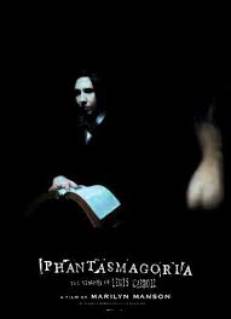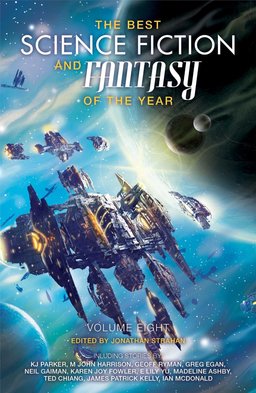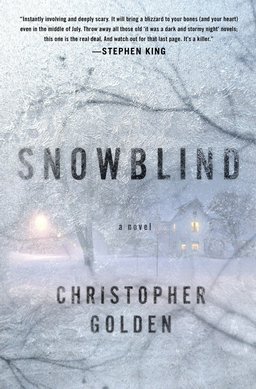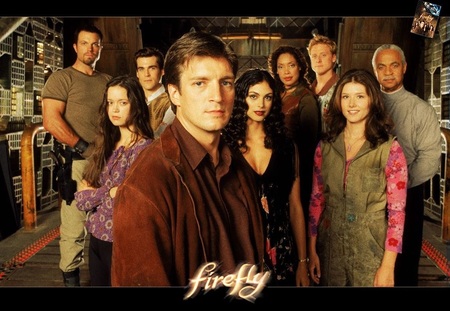New Treasures: Broken Homes by Ben Aaronovitch
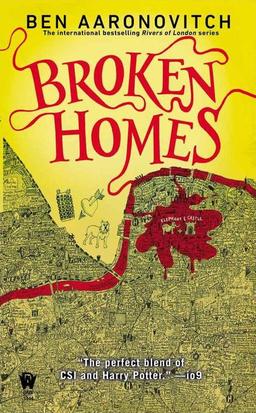 Ben Aaronovitch’s Rivers of London novels are one of my favorite new series. io9 calls them “The perfect blend of CSI and Harry Potter.” I’ve never watched CSI, but I imagine that can’t be that far off. I think Diana Gabaldon is very close when she describes them as “What would happen if Harry Potter grew up and joined the Fuzz.”
Ben Aaronovitch’s Rivers of London novels are one of my favorite new series. io9 calls them “The perfect blend of CSI and Harry Potter.” I’ve never watched CSI, but I imagine that can’t be that far off. I think Diana Gabaldon is very close when she describes them as “What would happen if Harry Potter grew up and joined the Fuzz.”
Even those quotes don’t do justice to how funny these novels are. They’re tightly plotted, too; just the right mix of humor, suspense, and genuine character development. The latest in the series, Broken Homes, just landed this month. Do yourself a favor and check it out.
My name is Peter Grant, and I am a keeper of the secret flame — whatever that is.
Truth be told, there’s a lot I still don’t know. My superior Nightingale, previously the last of England’s wizardly governmental force, is trying to teach me proper schooling for a magician’s apprentice. But even he doesn’t have all the answers. Mostly I’m just a constable sworn to enforce the Queen’s Peace, with the occasional help from some unusual friends and a well-placed fire blast. With the new year, I have three main objectives, a) pass the detective exam so I can officially become a DC, b) work out what the hell my relationship with Lesley Mai, an old friend from the force and now fellow apprentice, is supposed to be, and most importantly, c) get through the year without destroying a major landmark.
Two out of three isn’t bad, right?
A mutilated body in Crawley means another murderer is on the loose. The prime suspect is one Robert Weil, who may either be a common serial killer or an associate of the twisted magician known as the Faceless Man — a man whose previous encounters I’ve barely survived.
